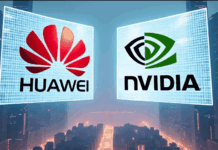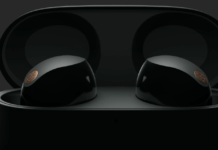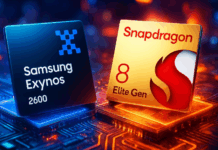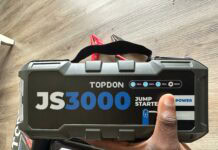The common display types used in today’s devices—mobile smartphones, laptops, monitors, TVs, smart displays, and even art tablets—are OLED and LED. Yes, there is also QLED (found on super high-end devices) and LCD (found on older devices), but LED and OLED are the most common you will associate with today. So, what’s the actual difference between these two display types; what makes one “superior” to the other?
A quick one: OLED (Organic Light-Emitting Diode) and LED (Light-Emitting Diode) are dominant flat-panel display technologies with distinct strengths and trade-offs. While OLED panels feature self-emissive pixels that deliver perfect blacks, exceptional contrast, and rapid response times, LED-backlit LCDs shine in bright environments, offer longer lifespans, higher peak brightness, and are more affordable.
Over the years, factors such as usage environment, content type, budget, and longevity concerns have led to different variations of these display techs: birthing QD-OLED, Mini-LED, and MicroLED technologies to blur the line between LED and OLED pixel-lit differences.
What is an OLED Screen?
A screen built with OLED technology uses individual pixels—each subpixel (red, green, and blue) producing its own light, with no separate backlight; as such, each pixel can turn off or on individually to deliver an incredible contrast to the viewer. This self-emissive architecture enables true pixel-level dimming, delivering perfect blacks and near-infinite contrast ratios.
OLED panels utilize organic semiconductor materials that react to electric currents individually. OLED technology is used in modern smart televisions, monitors, mobile smartphone screens, VR headset displays, and handheld gaming displays. OLED is the advanced edition of LED. Popular variations of OLED are AMOLED (Active-Matrix OLED) and PMOLED (Passive-Matrix OLED).
What is an LED Screen?
LED is a display technology that uses a backlight panel to illuminate a set of liquid crystal pixels, in contrast to OLED, where the pixels illuminate independently of a backlight panel. Basically, LED displays are LCD panels illuminated by LED backlights; white LEDs emit light that passes through liquid crystal layers and color filters to generate the projected image.
Of course, LED pixels deliver vibrant colors and peak brightness; however, you start to see the limitations of LED in pitch black levels—you would still see some levels of brightness at the edges of the display, owing to the lit backlights. One big advantage of LED displays is durability—they are more durable and less power-consuming than OLEDs.
Types of LED Displays
- Edge-lit LED: LEDs along the panel edges; cost-effective but less uniform brightness.
- Direct-lit LED: LEDs across the back of the panel for better uniformity.
- Full-Array Local Dimming (FALD): Groups of LEDs controlled independently for improved contrast.
- Mini-LED: Thousands of tiny LEDs for finer local dimming zones, narrowing the gap with OLED black levels.
Which is Best Between OLED and LED?
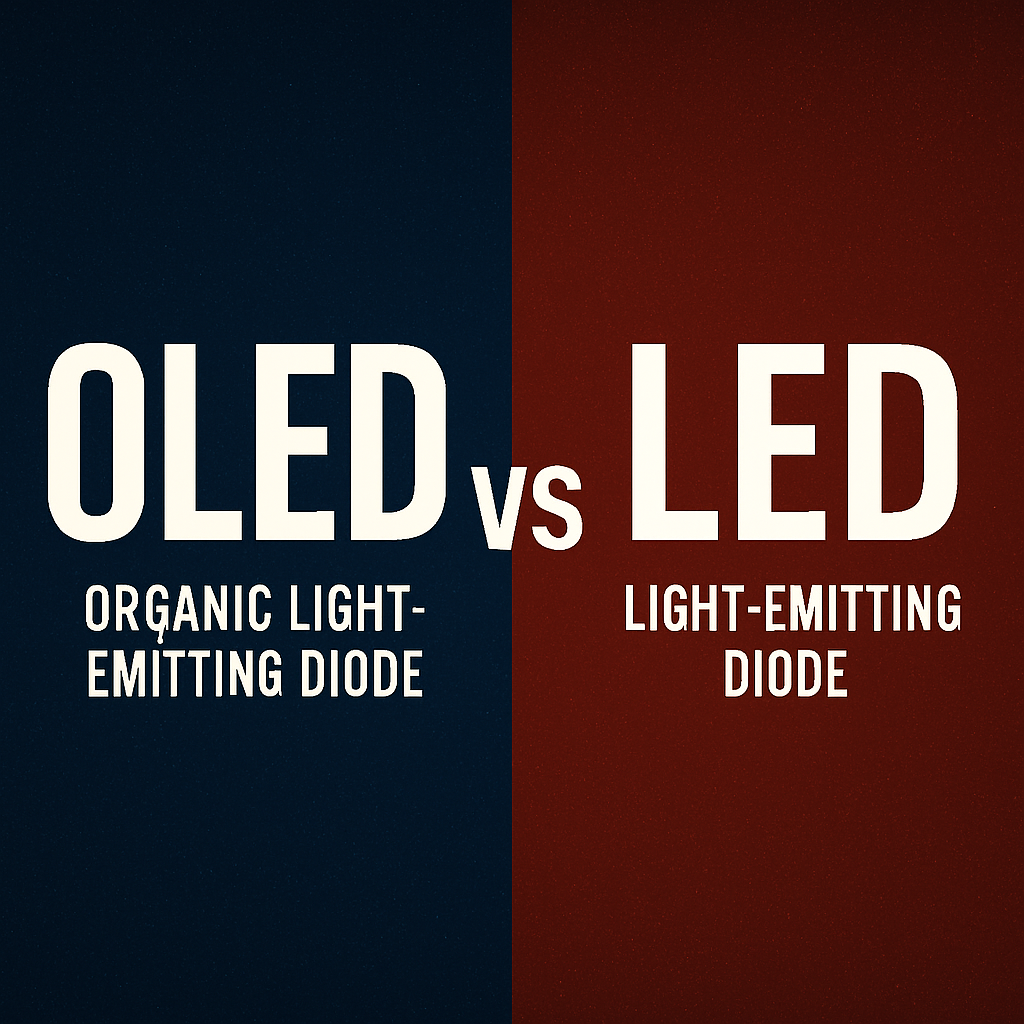
Apparently, OLED is the bigger and better tech here, but LED isn’t short on many things, so LED displays are still used even on some high-end devices. Both OLED and LED have their advantages and drawbacks, depending on your vantage: OLED panels carry risks of burn-in and slightly lower brightness, while LED panels are much more durable and efficient in power handling.
1. Picture Quality Comparison
OLED’s ability to switch off its pixels individually makes it possible for it to deliver absolute blacks and infinite contrast, with no blooming or halo artifacts. In dark scenes or letterboxed content, blacks appear as true black on OLED screens—LED backlights, even with FALD, cannot achieve the same precision.
Also, OLED panels typically deliver wider color gamuts and more precise color reproduction because each pixel emits pure colored light without filter inefficiencies. LED-LCDs rely on white backlights filtered through RGB filters, which can slightly reduce color purity. Notwithstanding, high-end LED variants (QLED/QD-LED) incorporate quantum dots to boost color volume, closing some of the gap in saturation and gamut coverage.
For HDR resolutions, LED-backlit displays, particularly Mini-LEDs, often achieve higher nits levels (1,000–4,000 nits) than OLED (typically 600–1,000 nits). In brightly lit rooms or for HDR highlights, LED excels at maintaining impressive luminance without clipping. OLED brightness is lower due to organic material limitations and binning (reducing drive to extend lifespan), but some manufacturers may deploy pixel-level tone mapping and advanced processing to optimize HDR effects on OLED panels.
2. Performance Comparison
OLED’s organic diodes respond in 0.2–1ms, which is a lot faster than LED’s 1–10ms response time. Apparently, this ultra-fast switching eliminates motion blur, making OLED the preferred choice for fast-paced content and gaming devices such as monitors and TVs.
More so, OLED panels maintain consistent color and contrast from wide angles (up to ~84°) because each pixel emits light directly toward the viewer. LEDs, on the other hand, may suffer from color shift and contrast loss off-axis, particularly the IPS variants, though VA panels fare somewhat better at the cost of narrower viewing spans.
3. Lifespan & Durability
LEDs have the upper hand here because they have a negligible burn-in probability due to the separate backlight layers. For OLEDs, static images (e.g., HUDs, channel logos) can cause differential pixel aging on the projected display, causing permanent burn-in artifacts over extended exposure. Manufacturers mitigate this via pixel-shifting, screen savers, and usage guidelines, but the risk remains in high-static-content scenarios.
Furthermore, the organic materials used in OLED panels degrade over time, reducing peak brightness after several thousand hours (estimated around ~5,000 hours to half brightness), but LED backlights can last well over 20,000hr hours before noticeable dimming. That said, LEDs generally offer longer operational lifespans and more predictable aging.
4. Energy Efficiency & Power Consumption
OLED panels consume power per lit pixel, so darker scenes use less energy, which is part of the reason why “dark modes” have become much popular in recent years; high-brightness content and contrasts can drive consumption up to or beyond LED. LEDs draw relatively consistent power for backlight and panel, making them more predictable in energy budgets. Overall, OLED can be more efficient in mixed or darker usage modes, while LED-LCD may be preferable for sustained bright-screen usage.
5. Cost & Market Availability
OLED remains costlier than mainstream LED due to complex organic deposition processes and lower manufacturing yields. Entry-level OLED TVs start around $1,000 for 55 inches, whereas comparable LED models can be found under $600. Premium mini-LED and QD-OLED offerings push prices above $2,000–3,000, but OLED displays are always more expensive than their direct, comparable LED alternative.
Use Case Recommendations
For some reason, there are use cases where OLED should be preferred over LED and vice versa. Here are some of the use cases:
- Home Cinema/Dark Room Viewing: OLED’s infinite contrast and perfect blacks deliver immersive movie experiences.
- Gaming: OLEDs’ near-instant response and low input lag (<1 ms) ensure fluid gameplay.
- Bright Rooms/Daylight Viewing: LED with high peak brightness and anti-reflection coatings outperform OLED under ambient light.
- Public Displays/Commercial Use: LED’s longevity, durability, and lack of burn-in risks favor professional signage.
Conclusion
Choosing between OLED and LED-backlit LCD depends on priorities. If you wish for uncompromising picture quality, deep blacks, and swift motion handling—especially in controlled lighting environments—OLED leads the pack. But, for sustained brightness, longevity, risk-free static content, and cost efficiency—particularly in bright environments—LED remains the pragmatic choice.
